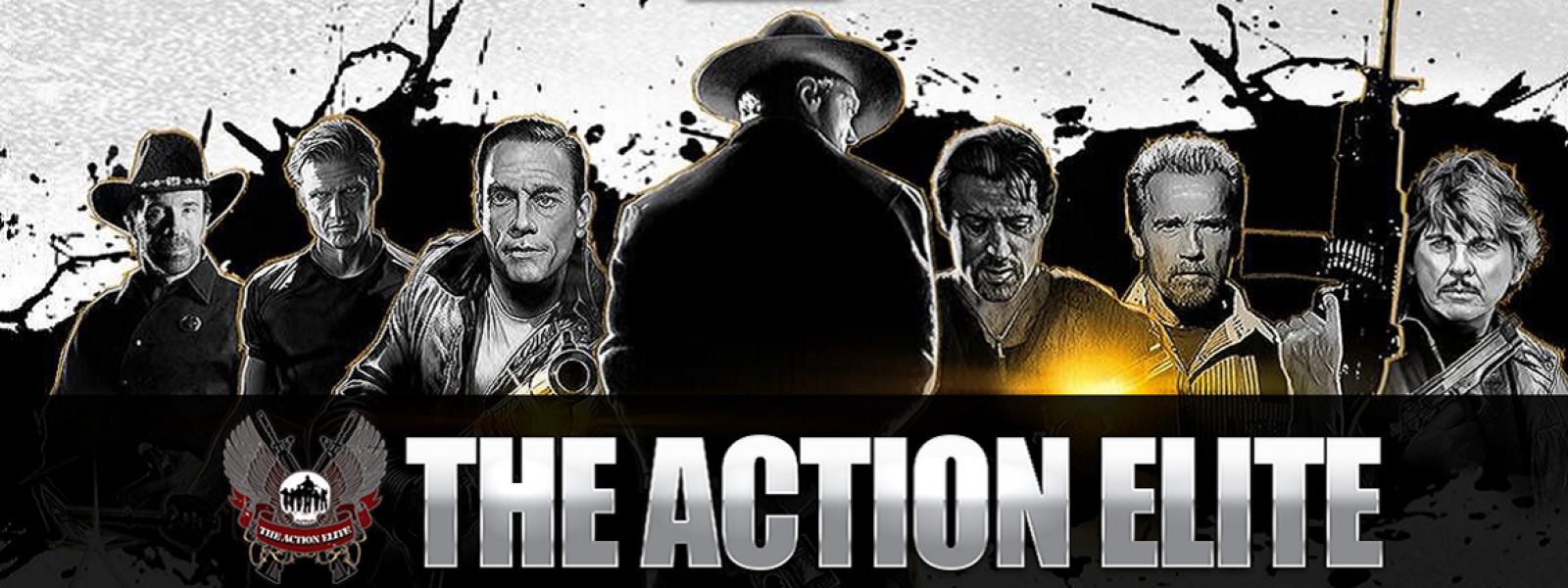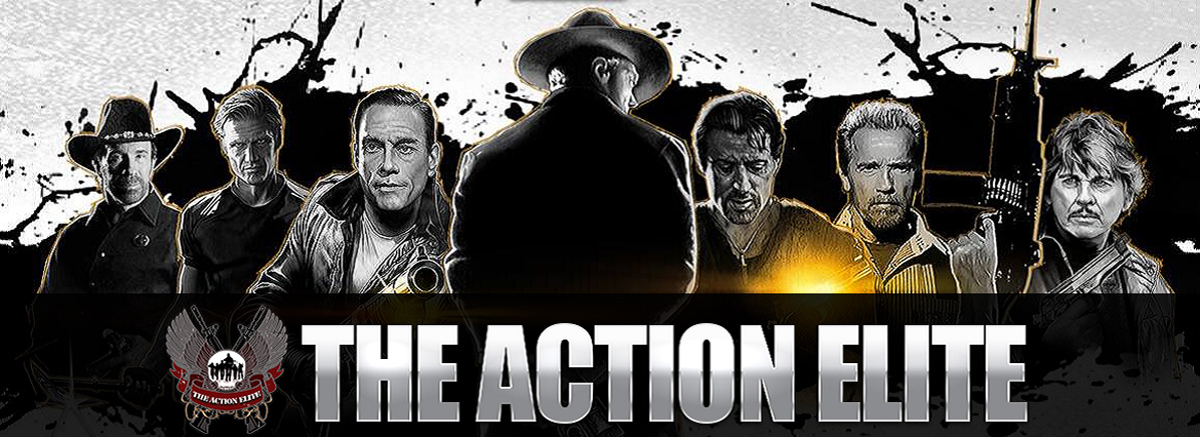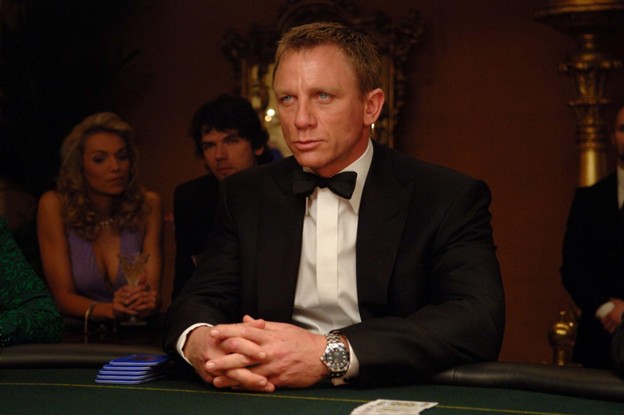Movies based on books have always fascinated audiences. A well-written novel provides rich characters, detailed worlds, and engaging plots, making it an ideal source for film adaptations. However, not all book-to-movie adaptations are successful—some remain faithful to the original story, while others take creative liberties that either improve or ruin the narrative.
In this article, we will explore some of the best book-to-movie adaptations, examining how they brought literary masterpieces to life on the big screen. One of these adaptations will take us into the thrilling world of casinos, where high stakes and intense drama create unforgettable cinematic moments.
Why Are Book-to-Movie Adaptations So Popular?
Books provide filmmakers with deep storytelling, complex characters, and rich world-building, making them an excellent source for movie adaptations. A well-crafted adaptation can bring these elements to life, reaching a wider audience and offering a fresh perspective on a beloved story. Below you’ll see the key benefits and challenges of book-to-film adaptations:
Advantages:
- Pre-existing Fan Base – Books already have a dedicated audience eager to see the story on screen.
- Rich Source Material – Novels provide intricate plots and well-developed characters that enhance storytelling.
- Emotional Connection – Viewers who love the book often form a strong attachment to the movie.
- World-Building – Books offer detailed settings that can translate into visually stunning films.
Challenges:
- Condensing the Story – Books often contain more details than can fit into a standard film runtime.
- Casting Choices – Fans have strong expectations about how characters should look and act.
- Staying True to the Book – Some adaptations change too much, leading to disappointment.
- Pacing Issues – What works in a book (slow buildup, inner monologues) might feel dull in a movie.
When handled well, book adaptations can introduce timeless stories to new audiences while preserving the essence of the original work.
The Lord of the Rings Trilogy (2001–2003)
- Based on: The Lord of the Rings by J.R.R. Tolkien
- Director: Peter Jackson
- Starring: Elijah Wood, Ian McKellen, Viggo Mortensen, Orlando Bloom
- Awards: 17 Academy Awards, including Best Picture (The Return of the King)
- Box Office: $3 billion worldwide
Peter Jackson’s adaptation of The Lord of the Rings is widely considered one of the greatest cinematic achievements of all time. The trilogy, based on Tolkien’s epic fantasy novels, brought Middle-earth to life with breathtaking visuals, compelling storytelling, and groundbreaking special effects.
One of the key reasons for its success was Jackson’s dedication to staying as faithful as possible to the source material. While some changes were made for cinematic purposes, the core themes of friendship, sacrifice, and heroism remained intact.
The visual effects and set designs played a significant role in making Middle-earth feel real. The filmmakers used the stunning landscapes of New Zealand to depict key locations like the Shire, Rivendell, and Mordor. Additionally, Weta Workshop developed innovative CGI techniques, particularly in bringing Gollum to life through motion capture technology.
The trilogy’s cast delivered unforgettable performances, with Ian McKellen’s portrayal of Gandalf standing out as one of the most beloved in film history. The battle sequences, including Helm’s Deep and the Battle of Pelennor Fields, set new standards for epic storytelling in cinema.
Winning 17 Academy Awards, including Best Picture for The Return of the King, the trilogy became a milestone in filmmaking and remains one of the most beloved adaptations ever made.
Harry Potter Series (2001–2011)
- Based on: Harry Potter series by J.K. Rowling
- Directors: Chris Columbus, Alfonso Cuarón, Mike Newell, David Yates
- Starring: Daniel Radcliffe, Emma Watson, Rupert Grint
- Awards: Multiple BAFTAs, Saturn Awards, and Academy Award nominations
- Box Office: $7.7 billion worldwide
The Harry Potter film series became a cultural phenomenon, introducing audiences to the magical world of Hogwarts. Spanning eight films, the series follows the journey of Harry Potter from an orphaned boy discovering his magical abilities to a young man destined to defeat the dark wizard Lord Voldemort.
One of the major strengths of the adaptation was its consistent casting. Daniel Radcliffe, Emma Watson, and Rupert Grint grew up alongside their characters, allowing audiences to form deep connections with them over the decade-long film series.
The movies successfully translated Rowling’s richly detailed world to the screen, from the enchanting Hogwarts Castle to the whimsical Diagon Alley. The production team ensured that the films remained visually captivating, using a combination of practical effects, CGI, and elaborate set designs.
The series also evolved in tone over the years, with the early films capturing the wonder and excitement of childhood and the later installments embracing darker themes of war, loss, and sacrifice. The final two films, Harry Potter and the Deathly Hallows Parts 1 and 2, provided an emotional and action-packed conclusion to the saga.
As one of the most successful film franchises in history, Harry Potter continues to influence new generations of fans, solidifying its place as one of the greatest book-to-movie adaptations.
Casino Royale (2006)
- Based on: Casino Royale by Ian Fleming
- Director: Martin Campbell
- Starring: Daniel Craig, Eva Green, Mads Mikkelsen
- Awards: BAFTA nomination, multiple Saturn Awards
- Box Office: $600 million worldwide
Casino Royale was a groundbreaking adaptation that redefined the James Bond franchise. Based on Ian Fleming’s first novel featuring the iconic British spy, the film introduced Daniel Craig as a more realistic and emotionally complex version of Bond.
Unlike previous Bond films, which often featured over-the-top action sequences and high-tech gadgets, Casino Royale took a grittier approach. The film’s focus was on character development, particularly showing Bond as a newly promoted 00-agent still learning the psychological toll of espionage.
One of the most memorable elements of the movie is its high-stakes poker game set in Montenegro’s Casino Royale. This intense scene, adapted directly from the book, serves as a psychological battle between Bond and the film’s villain, Le Chiffre, played brilliantly by Mads Mikkelsen. The glamorous yet dangerous setting of the casino perfectly captures the tension of the moment, much like the thrill players seek in real-world gambling experiences, whether in high-end establishments or through online platforms offering Stay casino no deposit bonus codes for risk-free play.
Eva Green’s portrayal of Vesper Lynd added emotional depth to the story, as her relationship with Bond became a central aspect of his development. The film’s ending, which deviates slightly from the traditional Bond formula, delivered a powerful and tragic conclusion that shaped Bond’s future in subsequent films.
With stunning cinematography, a well-crafted screenplay, and a raw yet stylish take on the character, Casino Royale is considered one of the best James Bond films ever made and an outstanding example of how a book adaptation can modernize a classic story while staying true to its core.
The Shawshank Redemption (1994)
- Based on: Rita Hayworth and Shawshank Redemption by Stephen King
- Director: Frank Darabont
- Starring: Tim Robbins, Morgan Freeman
- Awards: Academy Award nominations, IMDb’s highest-rated film
- Box Office: $58 million (gained cult status later)
While Stephen King is best known for his horror novels, The Shawshank Redemption is based on one of his most poignant and inspiring stories. The film tells the story of Andy Dufresne, a banker wrongfully imprisoned for the murder of his wife, and his journey toward hope and redemption within the confines of Shawshank Prison.
Despite not being a box office success upon release, The Shawshank Redemption grew into one of the most beloved films of all time, frequently ranked as the greatest movie ever made. Its success lies in its deeply human themes of friendship, perseverance, and the power of hope.
Morgan Freeman’s narration, combined with Tim Robbins’ subtle yet powerful performance, brought the story’s emotional weight to life. The film’s climax, which sees Andy orchestrating an elaborate escape after years of planning, remains one of the most satisfying moments in cinematic history.
With a carefully written screenplay that remained faithful to King’s novella, The Shawshank Redemption is a masterclass in storytelling and adaptation.
The Great Gatsby (2013)
- Based on: The Great Gatsby by F. Scott Fitzgerald
- Director: Baz Luhrmann
- Starring: Leonardo DiCaprio, Tobey Maguire, Carey Mulligan
- Awards: Academy Award for Best Production Design
- Box Office: $353 million worldwide
Baz Luhrmann’s adaptation of The Great Gatsby is a visually stunning reimagining of Fitzgerald’s classic novel about love, wealth, and the American Dream. The film captures the extravagance of the Roaring Twenties with its lavish party scenes, elaborate costumes, and grand cinematography.
Leonardo DiCaprio’s portrayal of Jay Gatsby was widely praised, as he brought charm, vulnerability, and mystery to the character. Tobey Maguire’s role as Nick Carraway provided the audience with a narrator’s perspective, staying true to the novel’s structure.
Although some critics felt that the film leaned too heavily on style over substance, its unique artistic choices, including a modern soundtrack blending jazz with contemporary music, made it a bold and memorable adaptation.
Conclusion
Book-to-movie adaptations have been a cornerstone of cinema, introducing classic literature to wider audiences. While not all adaptations succeed, those that do—like The Lord of the Rings, Casino Royale, and The Shawshank Redemption—leave a lasting impact.
With evolving technology and new storytelling methods, the film industry is set to bring even more beloved books to life in spectacular fashion.






